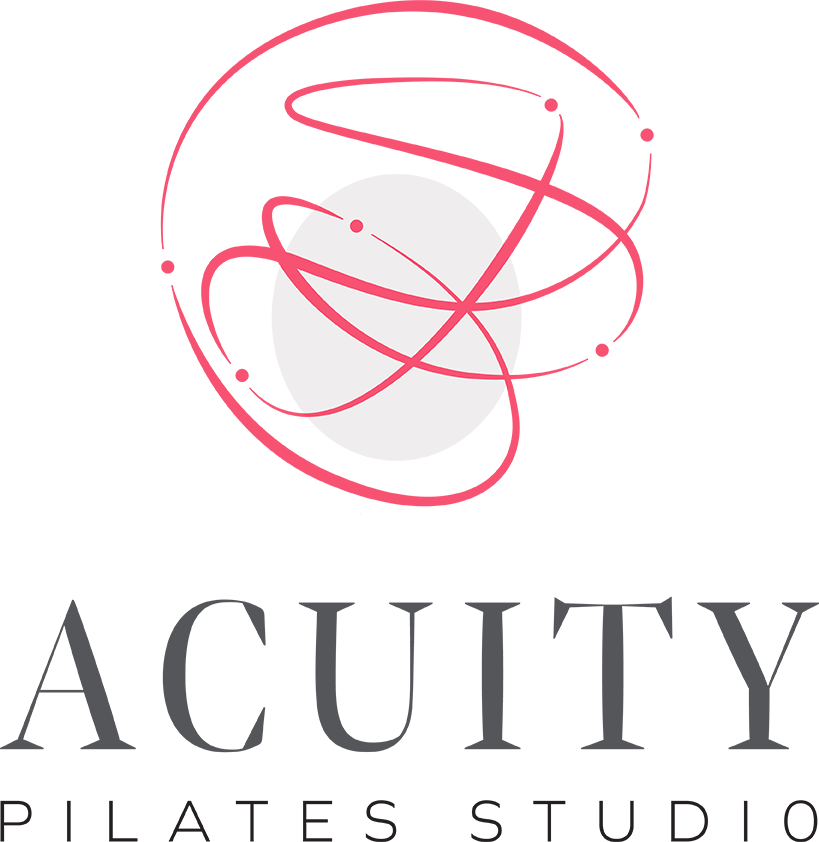The breath-neck-shoulder conundrum.
Have we all been collectively holding our breath this year?
As masks are now a very necessary part of our everyday lives, coupled with general anxiety in terms of the future and the state of the world, our breathing has imperceptibly fallen on the shallow side of the scale. Breathing is important not only in the delivery of oxygen to our cells, but also to the proper mechanics of the neck and shoulder complex. So if you are noticing that your neck and shoulders are not feeling the greatest lately, this could be why.
The relationship between breath and the neck and shoulder complex is interdependent in the following ways:
1) Functional inhalation and exhalation expand and compress the ribcage, which directly influences the movement of the scapula. The breath also affects the placement of the arm bone in the socket. As a result, the range of motion the shoulder is able to achieve is dependent on these two criteria.
2) Accessory breathing muscles ( eg. scalene, trapezius, sternocleidomastoid muscles) are recruited when respiratory mechanics are dysfunctional and their overuse/compensation role can absolutely contribute to neck pain, which indirectly influences the range of motion of the shoulder. This creates an endless loop, and it becomes hard to parse which dysfunction came first.
What can we do?
We can try this diaphragmatic breathing exercise!
Lie down on your back, with a pillow under your head and optionally under your knees for more comfort.
Place one hand just below the ribcage, the other on your upper chest.
Inhale through the nose and focus on the hand on your belly rising with the inhalation. The hand on the chest should remain still.
On exhalation, let the air release through pursed lips, as if you’re whistling. The hand on your upper chest should remain still while the hand on your belly falls back to starting position.
Repeat for 5-10 minutes, a few times during the day.
This exercise is a two-for-one: it not only retrains your breathing, recruiting the right muscles to do their job but also slows down your breath, thereby decreasing anxiety. It is an easy exercise in a world where nothing feels easy. Give it a try!
Your Space. Your Community. Your Studio.

